Showing over saying |

|
2020 Update
Like any maximally nerdy (but romantic) young man of the last century, I tried to understand the Tractatus Logico-Philosophicus when I was 19. I did not succeed, even given the help of someone who has spent half his life reading it. This was not surprising, since I didn't understand symbolic logic or the predicate calculus or Fregean semantics when I tried, and bounced off the Sheffer stroke.
And, despite appearances, this is not a work of rationalism at all: it only reduces everything to logic in order to show up logic. But in the process of trying I came up with cool drawings of some of it.
Don't take these too seriously, as the Austrian said to the Welshman.
And, despite appearances, this is not a work of rationalism at all: it only reduces everything to logic in order to show up logic. But in the process of trying I came up with cool drawings of some of it.
Don't take these too seriously, as the Austrian said to the Welshman.
- I couldn't draw. Still can't, but now I have TiKZ and matplotlib to produce beautiful vectors, where he had only MSPaint.
- The central conceit, taking "zeigen" to mean visualisation, is not what he means by that.
- Wittgenstein is not an empiricist about number, so image 6.02 is beautiful but wrong.
- The examples of states of affairs I give (giving birth) are highly metaphorical; Wittgenstein's "objects" are infinitesimal things, "atomic" in the Greek sense. I think "redness" might be one. The simplest possible units of what constitute facts.
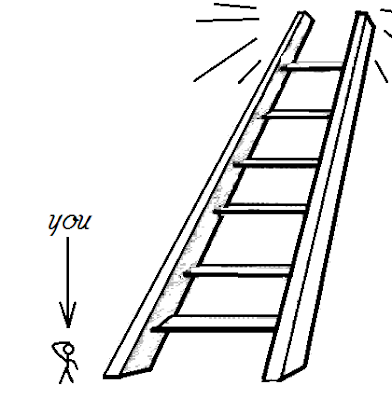
Wittgenstein does not, however, relegate all that is not inside the bounds of sense to oblivion. He makes a distinction between saying (sagen) and showing (zeigen) which is made to do additional work.
There are, beyond the senses (Sinne) that can be formulated in sayable propositions, things that can only be shown. These show themselves in the form of (contingent) propositions, in the symbolist and logical propositions, and even in the unsayable (metaphysical, ethical, aesthetic) propositions of philosophy. 'What can be shown cannot be said.' But it is there, in language, even though it cannot be said.
A 'picture' is a model of reality... A picture cannot depict its pictorial form: it displays it.
Sketches of a minimalist metaphysics: “the most that can sensibly be said” about everything at once, and then some. A work of theoretical semantics which invites the reader to read it as a poem, and to reject it. I wanted this post to be wordless, but you won’t get much out of it if I don’t do some setup. A version with the German original and both flawed English translations is here.
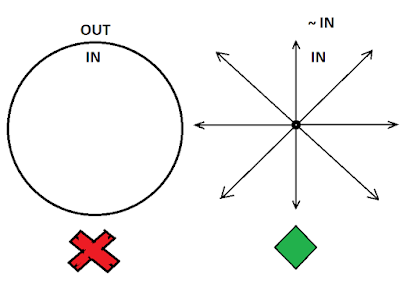
Proposition 6.41
The whole Tractatus
- Reality is the aggregation of everything which could be real.
- What is real are facts. A fact is a specific configuration of existing fundamental things.
- When we think, we model a possible world. The structure of the model is logic.
- When we think properly, we are entertaining a premise with a determinate concept attached.
- Whether a statement is successful depends on whether its constituents are.
- All statements have the same structure. With one general formula (just one powerful function, the "N-operator", the denial of all propositions f[x]), you can derive the fundamental particles of language and, from there, all more complex statements. The formula of an ideal language:

- There is more to all this than can be put in words.
Definitions
Pardon the German, but it's really important to keep things separate, because his ideas are so particular and weird. For instance, he does not count vague thoughts as "thoughts" ("Gedanken"). What he means by "picture" is really odd: more like a modal logic formula than a diagram.
- 'Sachverhalt': A 'state of affairs' or 'atomic fact'. (see Proposition 2.)
- 'Gegenständ': An 'object' or 'simple': the merest constituents of reality.
- 'Satz': A sentence (...or 'proposition').
- 'Elementarsatz': A fundamental particle of language; a primitive concept. Mirror the Gegenstände.
- 'Sinn': A 'sense', which here means a determinate proposition: the truth-conditions of a sentence.
- 'sinnlos': 'Meaningless'. Lacking a single, totally clear propositional content. (e.g. tautologies and contradictions).
- 'unsinnig': 'Senseless'. Total nonsense; a sentence which is too malformed to ever carry sense (e.g. metaphysics, ethics, the Tractatus)
- 'Gedanke': A thought - but, again, he means only clear, 'sinnvoll' thoughts.
Background assumptions
Some of these are never stated, and I struggle to see how you'd work out that he has made them without immersing yourself in Frege and Russell.
- The Context Principle: "A [word] has meaning only in a proposition. Every variable can be conceived as a propositional variable." - 3.314
- The false (falsch) is not the nonsensical (Unsinnig) is not the senseless (Sinnlos): "Sense must be determinate." - 3.23.
Statements fail to express thoughts when- any constituent of them lacks a truth-value, or
- is of indeterminate sense - that is, when any constituent is a pseudo-concept (e.g. "world"; "fact"; "God"; "object"; "the Good"; "beauty").
The overall argument
Never presented as an argument, heaven forfend:
The logical structure of language has "multiplicities" which relate directly to the external world, or, to the true barebones meaning of statements. This explains everything which is clear and determinate, and everything else about life cannot be explained in language, so there's no point doing philosophy about it.
-
Logic is Transcendental
"Logic is not a body of doctrine, but a mirror-image of the world." - 6.13 -
Language is logical
(proper sentences about proper things have reducible logical structure.) - So language is transcendental.
The logical structure of language has "multiplicities" which relate directly to the external world, or, to the true barebones meaning of statements. This explains everything which is clear and determinate, and everything else about life cannot be explained in language, so there's no point doing philosophy about it.
4.003 - Most of the propositions and questions to be found in philosophical works are not false but nonsensical.
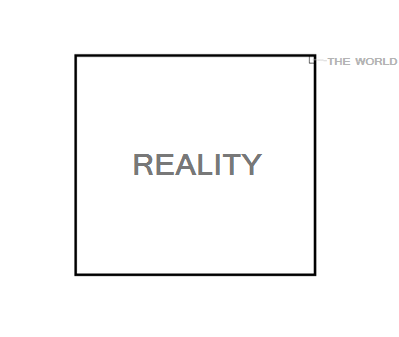
1. The world is all that is the case.
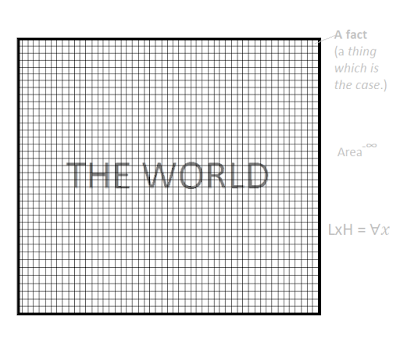
1.13
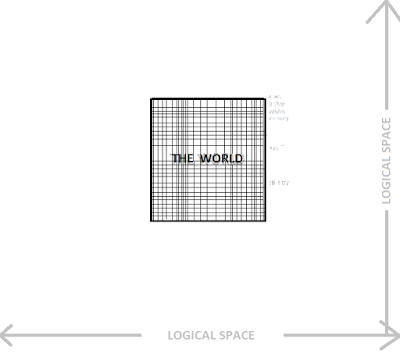
2. What is the case is the existence of states of affairs


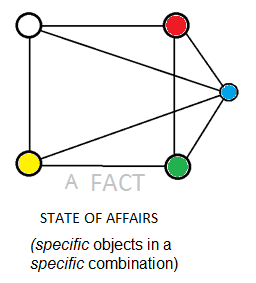
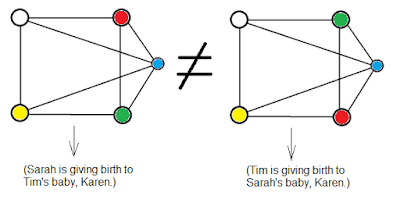
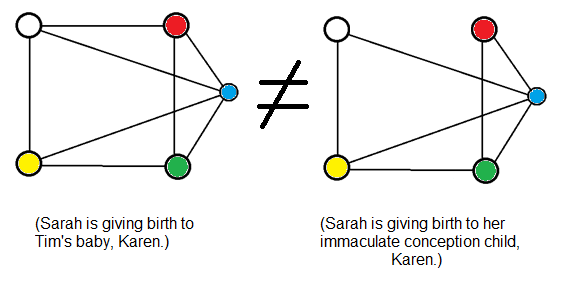

TODO
2.12 - A picture is a model of reality.
2.141 - A picture is a fact.
2.172 - A picture cannot depict its pictorial form: it displays it.
2.19 - Logical pictures can depict the world.
2.223 - In order to tell whether a picture is true or false we must compare it with reality.
2.224 - It is impossible to tell from the picture alone whether it is true or false.
2.141 - A picture is a fact.
2.172 - A picture cannot depict its pictorial form: it displays it.
2.19 - Logical pictures can depict the world.
2.223 - In order to tell whether a picture is true or false we must compare it with reality.
2.224 - It is impossible to tell from the picture alone whether it is true or false.
3. A logical picture of facts is a thought.

TODO
3.01 - The totality of true thoughts is a picture of the world.
3.1 - In a proposition a thought finds an expression that can be perceived by the senses.
3.3 - Only propositions have sense; only in the nexus of a proposition does a name have meaning.
3.332 - No proposition can make a statement about itself, because a propositional sign cannot be contained in itself.
3.1 - In a proposition a thought finds an expression that can be perceived by the senses.
3.3 - Only propositions have sense; only in the nexus of a proposition does a name have meaning.
3.332 - No proposition can make a statement about itself, because a propositional sign cannot be contained in itself.
4. A thought is a proposition with a sense.
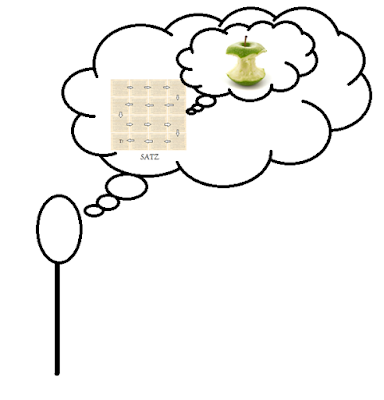
4.001

TODO
4.003 - Most of the propositions and questions to be found in philosophical works are not false but nonsensical.
4.0031 - All philosophy is a 'critique of language'. The apparent logical form of a proposition need not be its real one.
4.11 - The totality of true propositions is the whole of natural science
4.461 - Propositions show what they say; tautologies and contradictions show that they say nothing.
4.464 - A tautology's truth is certain, a proposition's possible, a contradiction's impossible.
4.0031 - All philosophy is a 'critique of language'. The apparent logical form of a proposition need not be its real one.
4.11 - The totality of true propositions is the whole of natural science
4.461 - Propositions show what they say; tautologies and contradictions show that they say nothing.
4.464 - A tautology's truth is certain, a proposition's possible, a contradiction's impossible.
5. A proposition is a truth-function of elementary propositions.
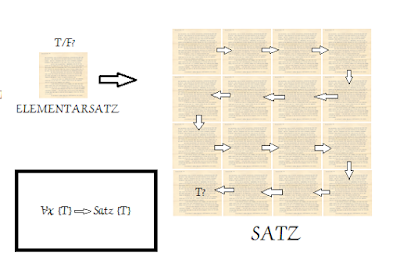
TODO
5.3 - All propositions are results of truth-operations on elementary propositions.
5.6 - The limits of my language mean the limits of my world.
5.61 - We cannot think what we cannot think; so what we cannot think we cannot say either.
5.621 - The world and life are one.
5.63 - I am my world. (The microcosm.)
5.632 - The subject does not belong to the world but it is a limit of the world
5.6 - The limits of my language mean the limits of my world.
5.61 - We cannot think what we cannot think; so what we cannot think we cannot say either.
5.621 - The world and life are one.
5.63 - I am my world. (The microcosm.)
5.632 - The subject does not belong to the world but it is a limit of the world
6. Truth-functions and propositions have the same general form
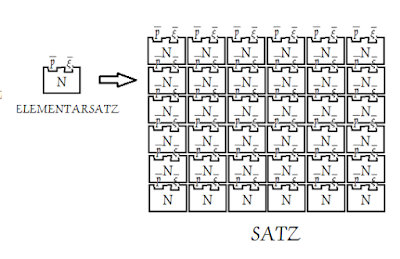
6.02
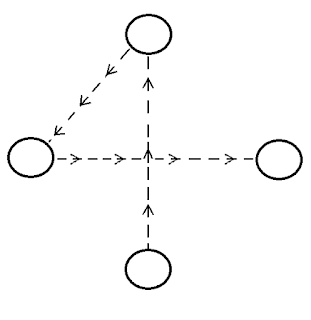
6.54
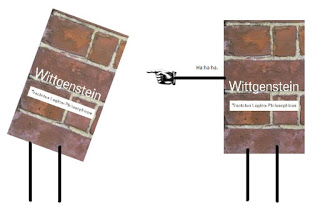
TODO
6.13 - Logic is not a body of doctrine, but a mirror-image of the world. Logic is transcendental.
6.2 - Mathematics is a logical method.
6.21 - A proposition of mathematics does not express a thought.
6.41 - The sense of the world must lie outside the world.
6.431 - At death the world does not alter, but comes to an end.
6.4311 - Death is not an event in life: we do not live to experience death.
6.44 - It is not how things are in the world that is mystical, but that it exists.
6.2 - Mathematics is a logical method.
6.21 - A proposition of mathematics does not express a thought.
6.41 - The sense of the world must lie outside the world.
6.431 - At death the world does not alter, but comes to an end.
6.4311 - Death is not an event in life: we do not live to experience death.
6.44 - It is not how things are in the world that is mystical, but that it exists.
7. Whereof we cannot speak, thereof we must be silent.

All the things in these pictures can easily be said: they all fit into a set of propositions (albeit a self-refuting set): it’s called Tractatus Logico-Philosophicus. Drawing is only a kind of saying; the kind of reference that he means by zeigen is less concrete and more important than this.

Comments
Post a comment:
Tags: